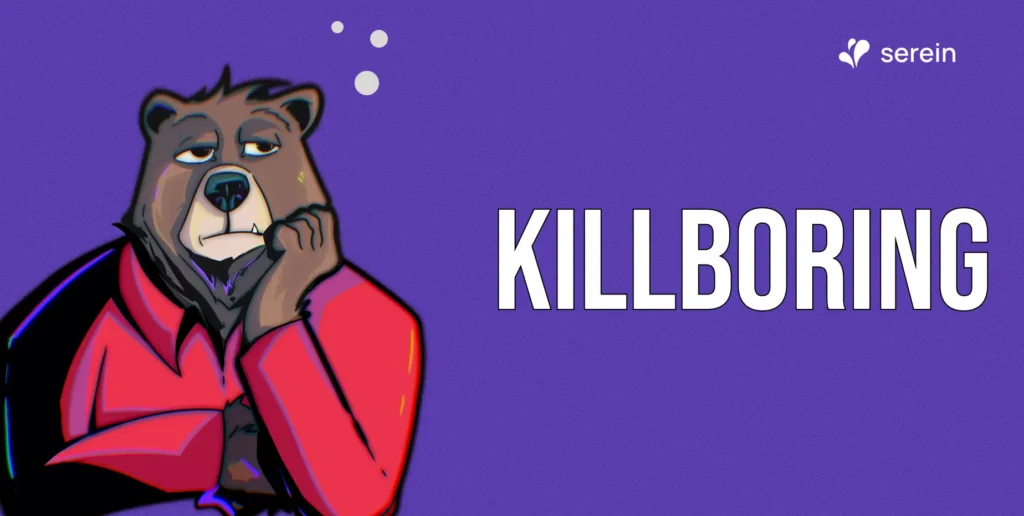A flight attendant received a series of harassing messages that were directed to her by her colleagues using the company’s in-house chat. This was the case of Blakely v. Continental Airlines, Inc. Where the court states that “Employers can be held responsible for harassment occurring on platforms they don’t control if they are aware and fail to act. This highlights the necessity for robust monitoring and response mechanisms.”
In the Indian legal scenario, the case of Neha Gupta vs. Rakesh Singh (2018) establishes the presence of a virtual form of sexual harassment.
Neha Gupta, working in an IT firm, faced harassment through continuous unsolicited messages and inappropriate comments on her social media profiles from her superior, Rakesh Singh. Despite the digital nature of the harassment, the Internal Committee which is an internal body of the organisation regulated under the PoSH law, ruled in favour of Gupta, emphasising that such conduct falls squarely under the definition of sexual harassment in the workplace. Singh faced severe penalties, including suspension and mandatory counselling
sessions.
In today’s world of virtual reality, social media sits at the helm of social affairs. At the workplace, this has constantly changed professional dynamics among employees. Platforms like LinkedIn have become increasingly used for networking and professional collaboration. WhatsApp, Slack and other chat groups are significantly used by teams across the globe for better communication and instant outreach.
The accessibility of an individual at the workplace to another individual’s personal space, especially virtually, has left an open arena for a breeding ground for violations to occur.
In these instances, the law plays a role in navigating the uncharted territories of social media and its relation to sexual harassment in the workplace.
In India, workplace sexual harassment is primarily governed by the Sexual Harassment of Women at Workplace (Prevention, Prohibition and Redressal) Act, 2013, commonly referred to as the PoSH Act. Hence, the same is used as a roadmap to tackle cases of virtual sexual harassment.
Sexual Harassment through social media can look like unwelcome sexual advances, requests for sexual favours, sending obscene content, and making derogatory comments of a sexual nature. The virtual nature of these acts does not diminish their impact and can often exacerbate the situation due to the public and pervasive nature of social media.
Natarajan vs. The Secretary, Department of Health and Family Welfare (2019)
In this case, S. Natarajan, an employee at a government hospital, was accused of sending obscene messages and sexually explicit content to a female colleague via WhatsApp. The Madras High Court upheld the findings of the Internal Committee, which had found Natarajan guilty of sexual harassment. The court emphasised that digital harassment falls within the ambit of workplace sexual harassment under the PoSH Act.
Best practices for addressing sexual harassment in the realm of social media.
Social media has become of paramount importance in our everyday lives. As leaders, it’s important to navigate the complexities of social media-related harassment through effective management techniques.


